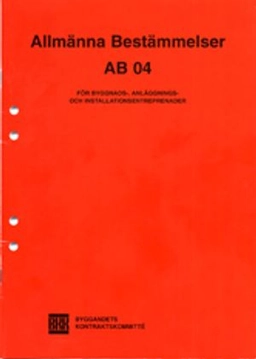This new and updated edition of Understanding Naval Warfare offers the reader an accessible introduction to the study of modern naval warfare, providing a thorough grounding in the vocabulary, concepts, issues, and debates, set within the context of relevant history.
Navies operate in an environment that most people do not understand and that many avoid. They are equipped with a bewildering range of ships, craft and other vessels and types of equipment, the purpose of which is often unclear. Writings on naval warfare are usually replete with references to esoteric concepts explained in specialist language than can serve as a barrier to understanding. The objective of this book, therefore, is to cut through the obscure and the arcane to offer a clear, coherent and accessible guide to the key features of naval warfare which will equip the reader with the knowledge and understanding necessary for a sophisticated engagement with the subject.
This second edition is divided into two key parts. The first focuses on concepts of naval warfare and introduces readers to the ideas associated with the theory and practice of naval operations. It also includes a new chapter in which the history of the last century of naval warfare is explored in order to illustrate the key concepts. The second part focuses on the conduct of war at sea and on peacetime roles for contemporary navies. This latter section concludes with a chapter that looks ahead to the likely future of naval warfare.
This textbook will be essential reading for students of naval warfare, sea power and maritime security, and highly recommended for those studying military history, strategic studies and security studies in general.
Åtkomstkoder och digitalt tilläggsmaterial garanteras inte med begagnade böcker





















